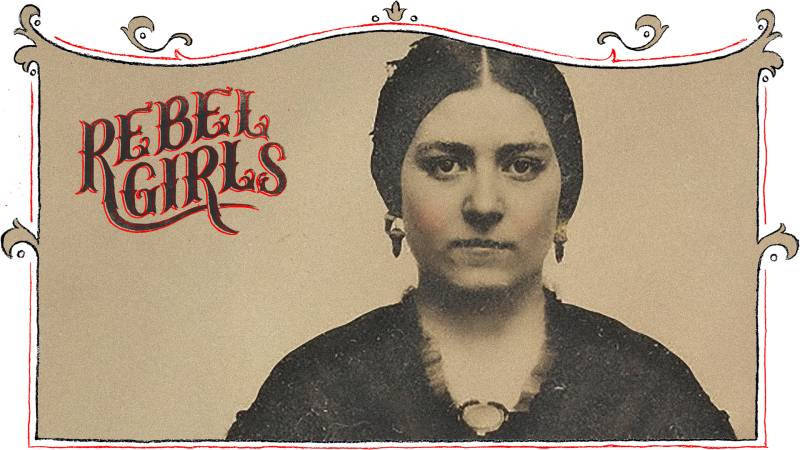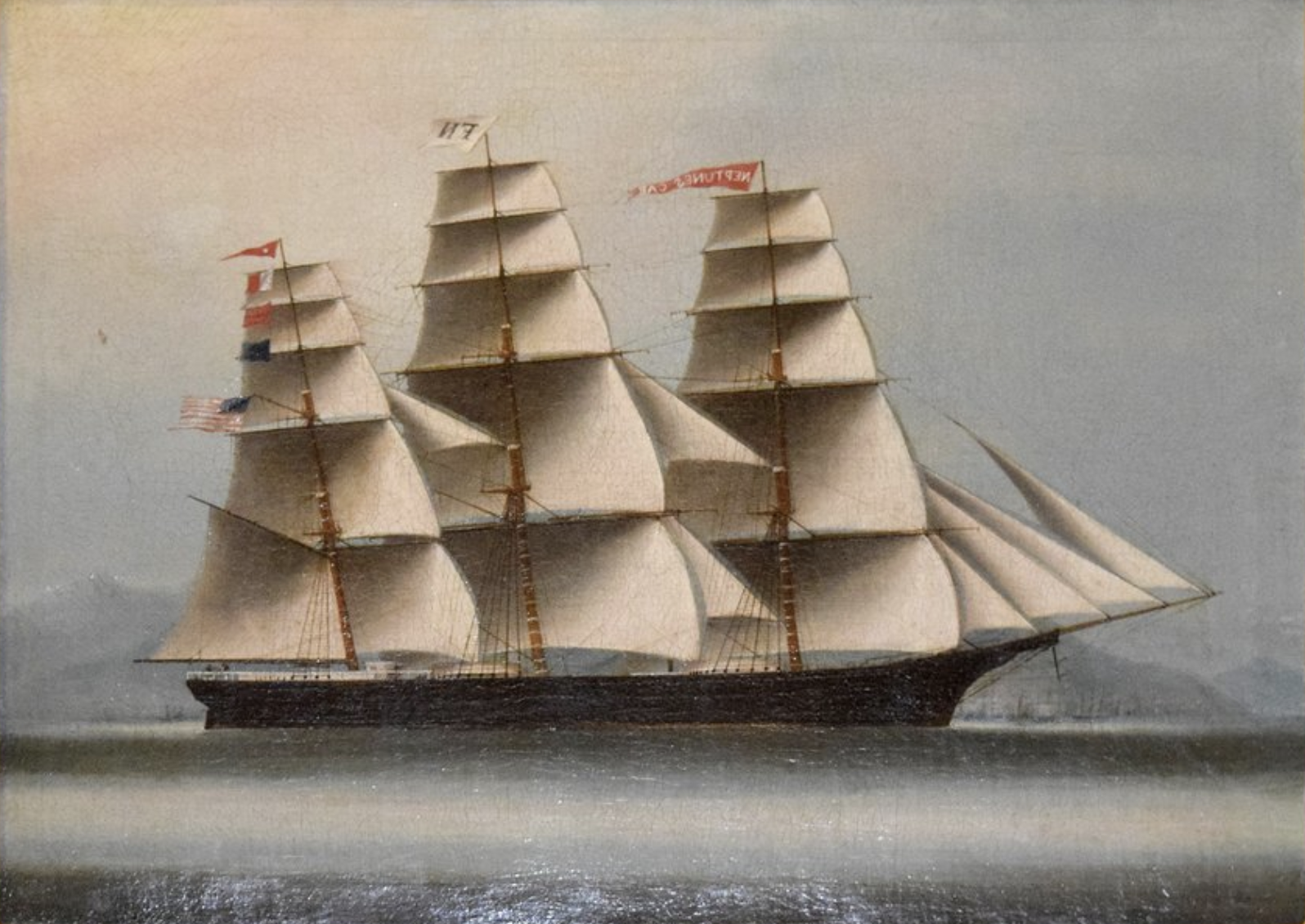Soon, news broke that Foster & Nickerson were refusing to pay Joshua’s wages. The resulting public outcry was so great that the New York Board of Underwriters awarded Mary $1,000 and the companies whose cargo she had safely delivered gave her an additional $1,500. (All told, that adds up to around $90,000 in 2023 money.)
After receiving the money, Mary responded with a humble and widely circulated letter. In it, she wrote: “I … endeavored to perform that which seemed to me, under the circumstances, only the plain duty of a wife towards a good husband.”
Sadly, just eight months after the Pattens’ return home, and four months after Mary had given birth to their son, Joshua finally succumbed to his long illness at the McLean Asylum in Somerville, Massachusetts. An obituary published July 25, 1857 stated:
Deaf and blind and sick as he has been for months past, [Joshua’s] heroic wife refused to surrender him to the care of strangers. It was not until Friday, when it was apparent that his reason was gone and he was utterly unmanageable, that she consented to his removal to the Asylum. Mary had a fever herself at the time. The patience in suffering and the energy in emergencies which she has hitherto displayed may carry her over this, which she regards as the greatest of her sorrows.
Mary was not long without Joshua. She died of tuberculosis just one month before her 24th birthday, leaving her son, Joshua Jr., to be raised by his maternal grandmother. Today, Mary and Joshua are buried side-by-side in Woodlawn Cemetery, Massachusetts.
Nearby, there is a white stone etched with the words: “Are there seas in heaven, Joshua? And is there such a vessel as our Neptune’s Car? If there is, wait for me and we shall explore the vast and boundless reaches of eternity.”





